北陸鉄道,のと鉄道
2022年のある夏の朝、太陽が地平線から顔をのぞかせる前に、僕は東京を抜け出すことにした。
夏といえばドライブ、というのは誰が決めたわけでもないが、まあ、いいじゃないか。
今年の僕の目的地は北陸。何となく、ふと思い立った。
関越道を飛ばし、上信越道を駆け抜け、北陸道をひた走る。
夏の空はどこまでも高く青く、僕の車は小さな船のように、その青い海を快調に進んでいく。
途中、小谷部SAで朝食。僕は生まれて初めて、富山ブラックラーメンてやつを食べた。

美味い!だけどコショウをかけ過ぎちゃって、
まあそれも笑い話になった。

この旅の本当の目的は、昔、北陸鉄道を走っていた6010系しらさぎ号を見に行くこと。
石川県の山中温泉ゆけむり健康村まで、東京から約8時間。
この温泉地は戦後、湯治場として栄えいて、北陸鉄道加南線が関西から観光客を運んでいたらしい。
しらさぎ号は僕の鉄道レイアウト紹介にもよく登場するお気に入りの車両。それで、わざわざ関東からやってきたわけ。

そして、憧れのしらさぎ号と対面!
つい、
「おい母ちゃん、大変だ!しらさぎ、ボロいよ、ボロい!」
って叫んだね。
雨ざらしでかなり傷んでたけど、このヘッドマークのせいかなんかかっこよかったんだよな。

北陸鉄道社紋と車番。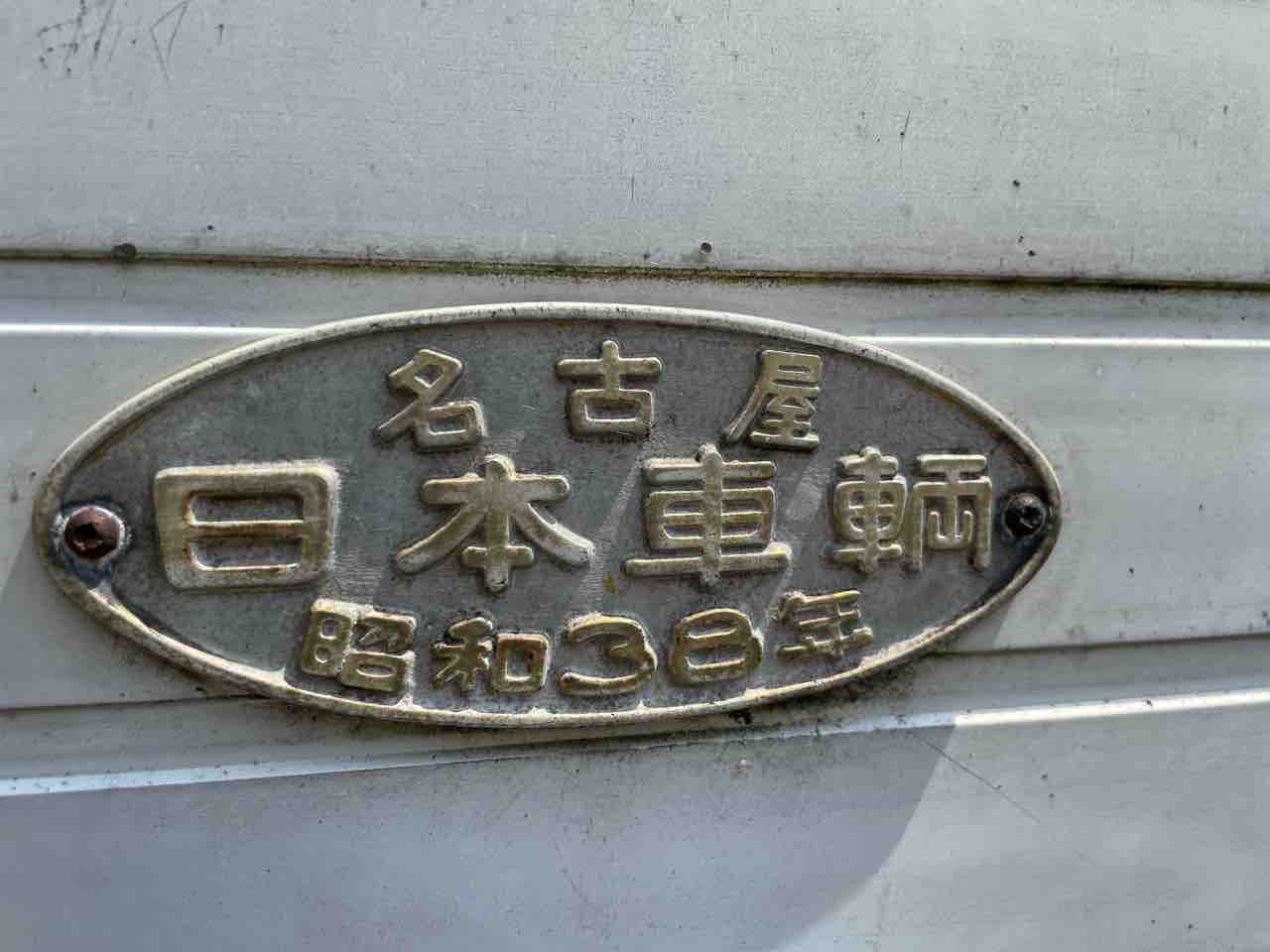
昭和38年に日本車輌名古屋本店工場で製造されたっていうから、もう還暦だ。
こちらは号車番号だろう。6061には1、6011には2の表示が為されていた。
反対側は6061。ったく、アンタ良い顔するねぇ~。
こいつはまさに、昭和が遺した宝ってやつだ。現代では同じものはもう作れないだろう。
解体の噂も聞くが、可能な限り後世に残してほしいものだ。維持していくのは大変だろうけども。
じゃあ、いよいよ車内への侵入タイムだ。
本日は、なんと気温35℃。エアコンなんていう現代の快適装置はおろか、窓すら閉ざされた車内にいるんだから、まるでサウナだ。
いや、それ以上かもしれない。
6011のドアーから、意を決して中に入る。
しらさぎさんの中、あったかい…(灼熱)
車内に足を踏み入れると、そこには転換クロスシートが並んでいる。
向かい合わせのボックスシート型の配置で、昔の旅行者たちが語らいながら旅をしたような、そんな懐かしさを感じさせるね。
大井川鐵道時代の映像などを見てもシート配置は向かい合わせになっている。
北鉄加南線でのデビュー当時、観光列車だった頃はロマンスカーとも呼ばれたそうである。つまり、シートは全て進行方向に向けられていたに違いない。

大井川鐵道時代の映像を後で確認したら、引退前後は茶っぽいのシートモケットだったみたいだけども、保存にあたって換装したみたいだ。
デビュー当時は、この赤系に近かったらしい。
ロングシートもある。貫通路は広く、貫通扉はない。
この貫通路、昔の千代田線6000系を思い出す。
千代田線乗ると、このタイプの貫通路の幌によく
ゲロが落ちてたよな〜なんて。
それにしたって、この写真はひどいピンボケだ。
この吊り革の円型の取手はかなり小さい。
車内を見渡すと、扇風機が目に入ってきた。それは三菱製。
なんだか、この古めかしい扇風機が、この場所の時間がゆっくり流れていることを教えてくれるようだった。

ふと座席の横の壁壁を見ると、そこには扇風機の操作スイッチがあるのを発見したんだ。
昔の乗客たちは、このスイッチで自分たちの涼を調節していたんだろう。
さあ、運転席へと進む時がきた。
運転席に目を向けるとね、計器類がなんともいい感じに保存されている。
昔の運転手さんが今にも戻ってきて、また走り出しそうな、そんな雰囲気があるんだ。

そして、整理券発行器が目に入った。これがまた大井川鐵道時代のレトロなやつで。

そして、この物語の最高潮に、なんと著者ご本人が颯爽と登場。「この豚野郎〜!」

車内にもヘッドマークと同じ意匠の銘板。
忘れちゃいけない、名車たる所以はやはりこの風変わりなドアーだ。

6000系くたに、6010系しらさぎの特徴となっている。
ドアーの腰板にあたる部分に、ガラスが嵌まっている。
日車本店工場が手掛けただけのことはある、ということだろう。

6061の扶桑金属KS-33台車。登場時は日車D-16台車であったようだ。

6011の日車D-18台車。登場時は住友金属KS-30L台車であったという。
夏の北陸、次なる冒険は能登半島へと続く。
義経が舟を隠したとか何とか、そんな歴史の片隅を彷徨う入江に立つと、日本海の荒波が、疲れた心を洗い流してくれるよう。
しかし、この旅の真髄はそこにあらず。
実はね、僕がこっそりと心待ちにしていたのは、パノラマ気動車という名の鉄馬との遭遇。
そう、のと鉄道七尾線が、僕たちを次なる物語へといざなう。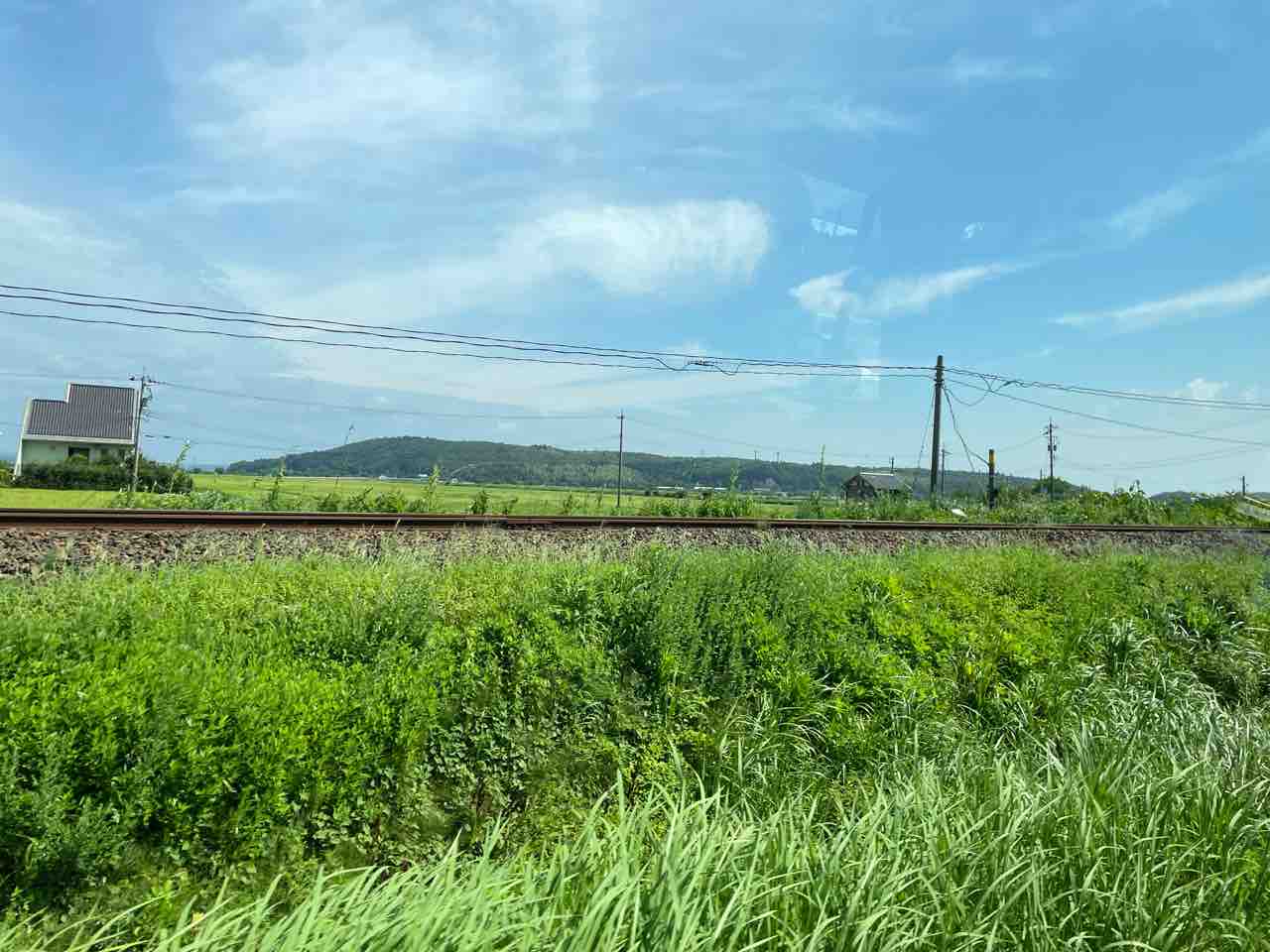
七尾線のレールを辿って、ハイデッカーのあの野郎に会いに行くんだ。
夏だよ、夏。線路の向こうには、夏の日差しがキラキラしてる。
こうして僕は夏の中を走っているんだなぁ。
あいつに会えるのが楽しみで、車の窓から吹き込んでくる夏の匂いが非常に心地いい。

たどり着いたのは穴水駅。屋根の下あたりの壁をよく見ると「のと」の文字が見える。
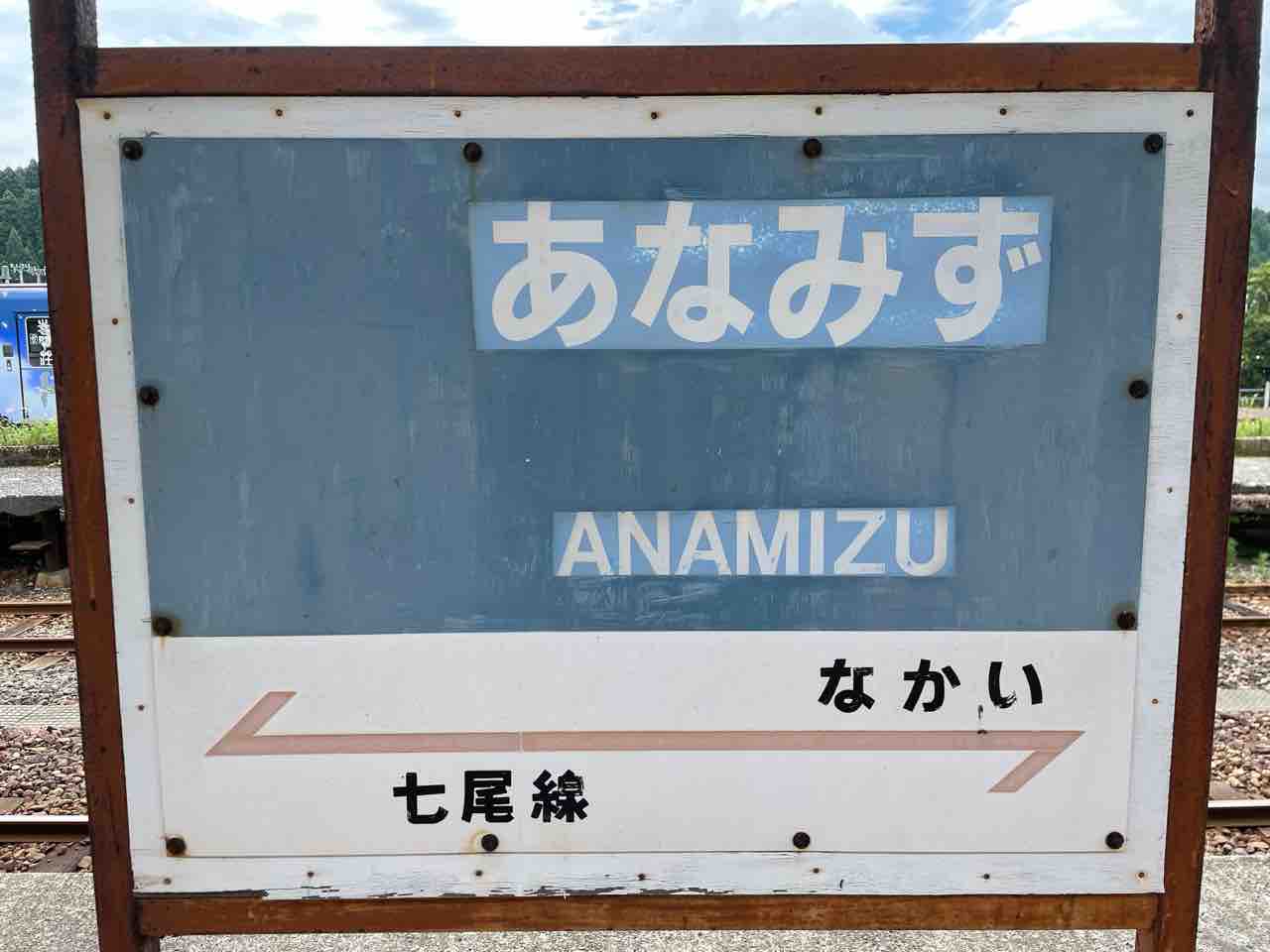
七尾線は今や七尾から穴水までの33.1kmの旅路だけど、昔はもっと先、輪島まで線路が続いていたそうだ。
それに穴水駅からは、能登線も走っていた。能登半島の先っちょ、蛸島まで。
この鉄路もこうして黄昏征く。時の流れってやつは、遠慮なく変化をもたらすのである。
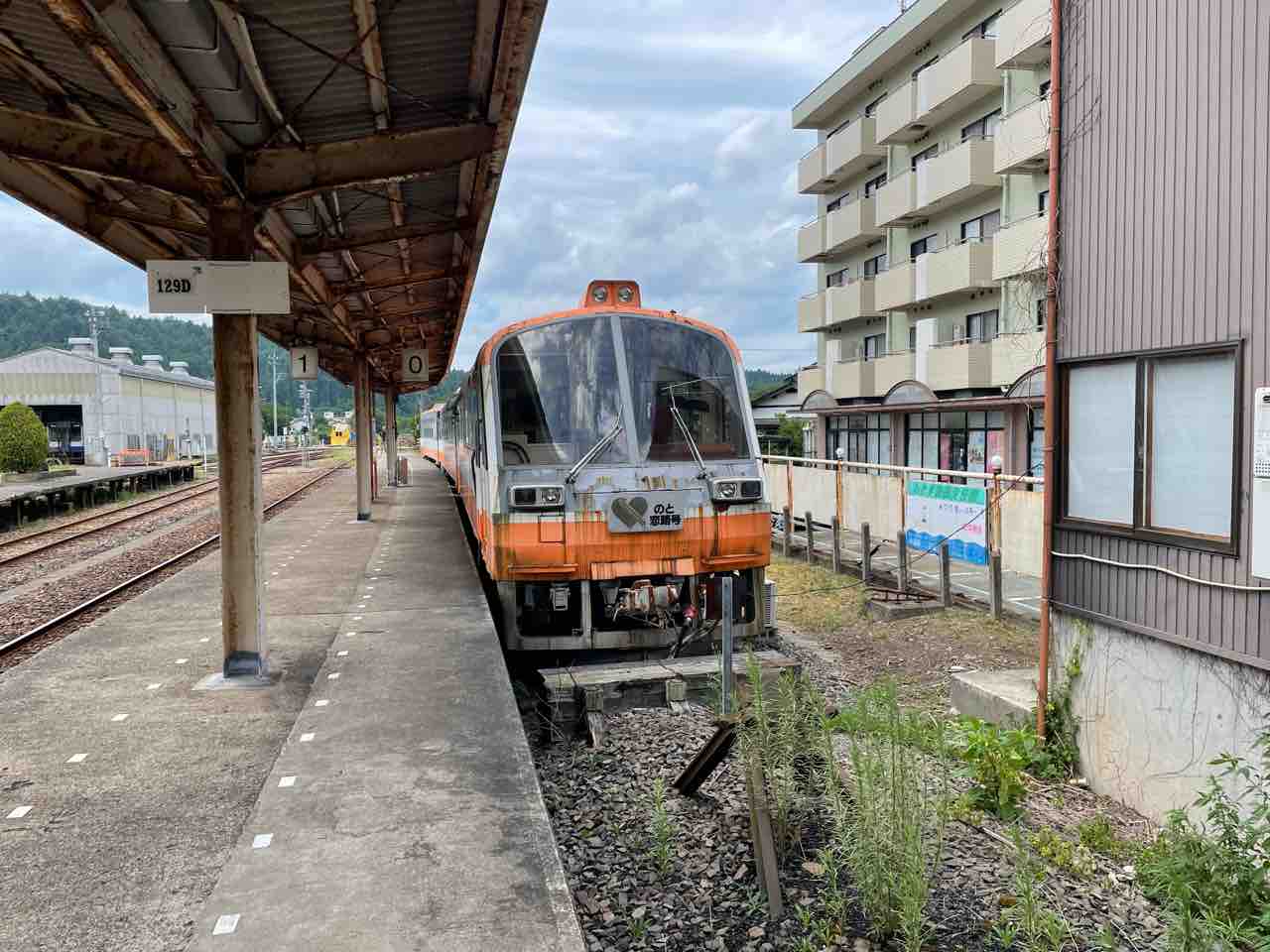
入場券を手に入れて、ホームに足を踏み入れた瞬間、「おおっ!」と声が出た。目指してたあいつが、そこにいたんだから。

パノラマ気動車「のと恋路号」ことNT800形気動車。
こいつぁボロい…が、かっこいいぞ!

雨ざらしで痛みの激しい外装に比べると、車内は比較的新しいようだね。
ひょっとすると、いまでも何かに使われているのかもしれない。

僕はサロン席に目をやると、ここに座ってのんびり旅をしてみたかったな、と感傷に浸った。

この気動車のカラーリングは、どことなくフランスのTGVを彷彿とさせる。真似たわけじゃないかもしれないけど。

のと鉄道のマークを見てみると、そのフォントが今風でおしゃれ。

NT800の奥に、NT100形気動車も保存されていた。
おまけ:加賀屋旅館にて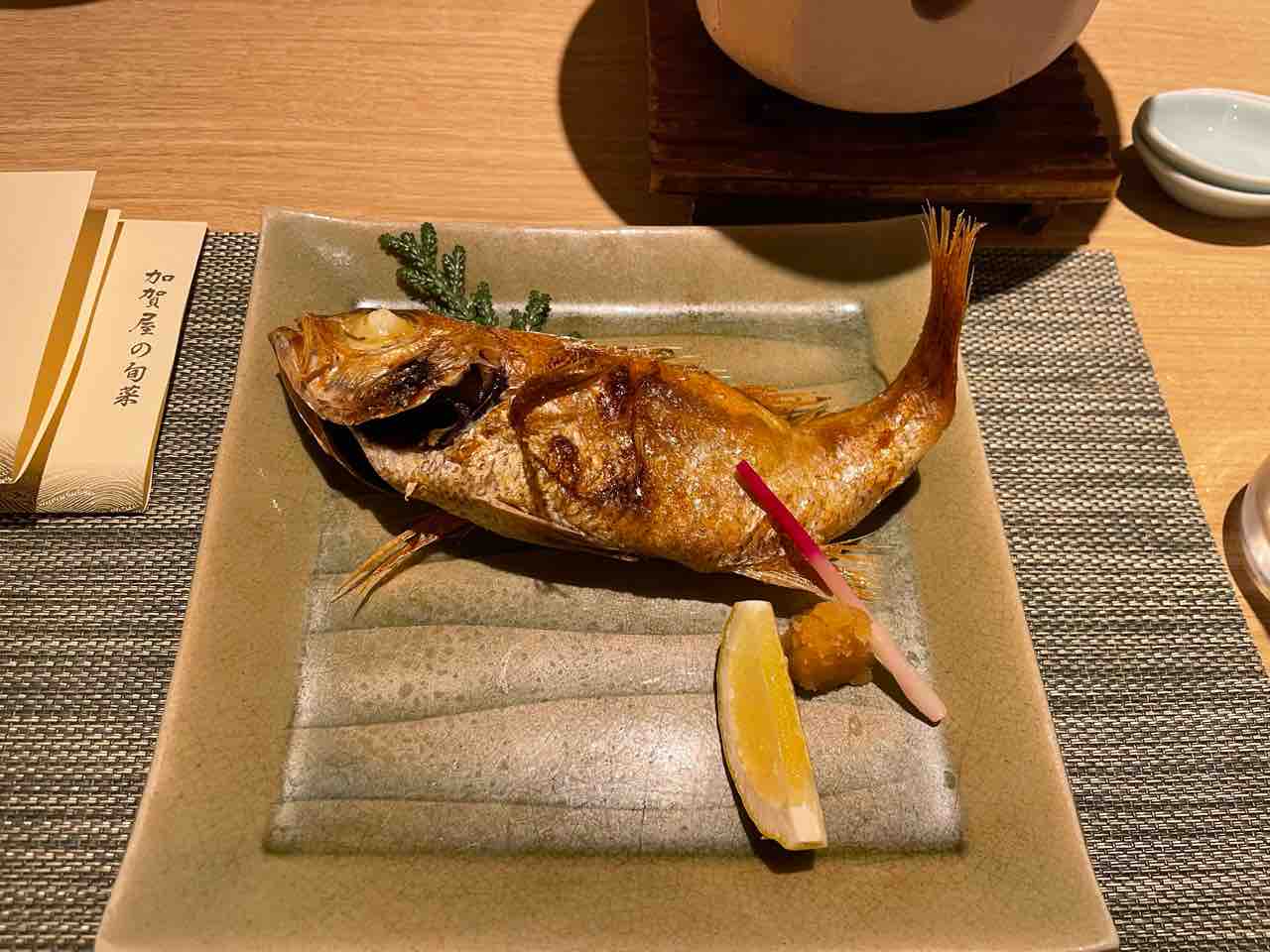

さあ、ここからが本番、飯と酒の時間だ!
ノドグロや鮑に舌鼓を打って、地酒の遊穂に加賀鳶、菊姫と、次から次へと呑み進めていった。
ああ、もう何が何だかわからないほど。
でもね、何を食べても何を呑んでも、ここのものは全部美味しい。
加賀屋、やっぱりここが一番だ。